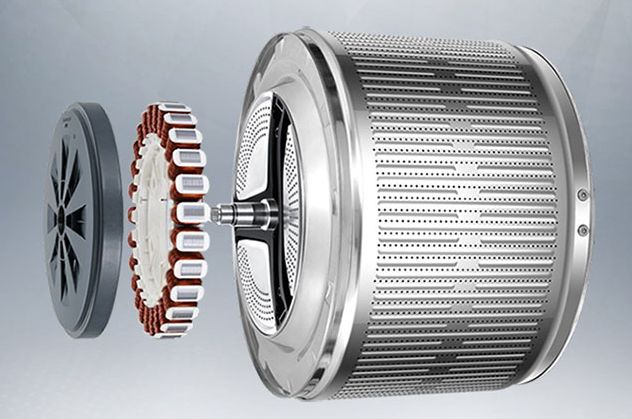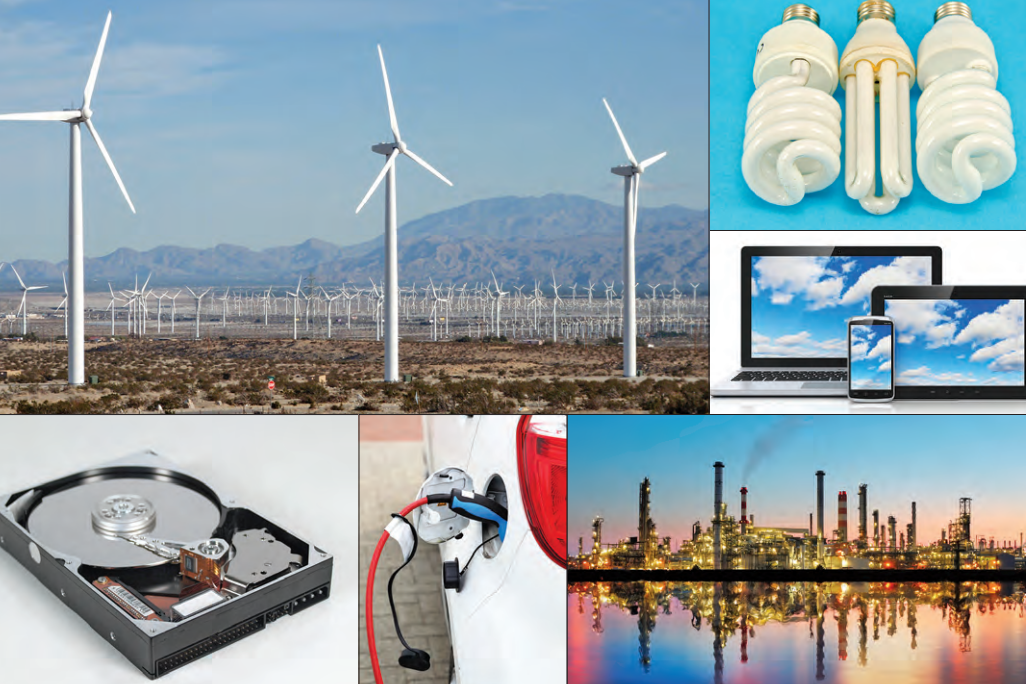What are the Applications of Halbach Arrays
Applications of Halbach Arrays
• One-sided flux is useful in a lot of applications – Data security – Transportation – Motor design
• Halbach Arrays are inherently weight-efficient
• Arrays provide higher fluxes than monolithic magnets of the same size
While almost all applications require strong fields, the optimal field morphology is dependent on the intended purpose of the array: – Degaussers prefer “knife” fields - maximum |B| at any cost – Braking systems should maximize dB/dx – Flyable systems prefer minimal stray field – Wigglers require high spatial frequency

In 1973, the American scholar Mallianson discovered a peculiar permanent magnet structure and called it "Magnetic Curiosity" when he assembled a permanent magnet structure. He was not aware of the applied value of this structure. In 1979, Klaus Halbach, an American scholar, discovered this special permanent magnet structure and gradually perfected it by making use of the magnetic fields generated by various permanent magnet structures for electron acceleration experiments. Finally, the so-called "Halbach" magnet was formed. The Halbach magnetic ring is a combination of the radial and parallel arrangement of the magnet. The end effect, and the permeability of the surrounding material as infinite, then the above permanent neodymium magnet structure eventually forms a one-sided field, which is a remarkable Halbach characteristic. This characteristic indicates that the Halbach magnet has a very good application value in the linear motor.

Compared with traditional motors, Halbach motors have the following advantages:
High power density
Compared with the traditional permanent magnet motor structure, the magnetic field intensity on the other side is greatly enhanced because of the superposition of the parallel magnetic field and the radial magnetic field after the decomposition of Halbach magnetic ring, which can effectively reduce the size of the motor and enhance the power density of the motor. Halbach array no longer needs chutes for the fixed rotor. In traditional permanent magnet motors, due to the unavoidable existence of harmonics in the air gap magnetic field, skewed slots are usually used in the stator-rotor structure to weaken its influence. In Halbach motors, the stator and magnet rotor do not need skewed slots because of the high sinusoidal distribution of the air gap magnetic field and the small harmonic content. Halbach array rotor can be made of non-core material. Because the self-shielding effect of the Halbach array magnet no longer requires to use of magnetic materials to provide access for the rotor, which not only provides a greater choice of materials for the rotor but also allows the system to have a lower moment of inertia and better rapid response performance. Halbach array permanent magnet high utilization rate. As a result of the partial magnetization of the Halbach magnet, the permanent magnet has a higher working point, generally more than 0.9, which improves the utilization of the permanent magnet. Halbach arrays can be used with centralized windings. In traditional permanent magnet motors, distributed windings are often used to weaken the influence of the harmonic magnetomotive force. Concentrated winding can be used in Halbach motors because of its high sinusoidal distribution of magnetic field and less influence of harmonic magnetic field. Using a Halbach motor magnet arrangement can reduce the torque ripple of the motor, thus greatly reducing the requirements for motor bearings.
(a) Magnetic field distribution in radial magnet arrangement
(b) Distribution of magnetic field in parallel magnet arrangement
(c) Halbach distribution of magnetic field distribution















